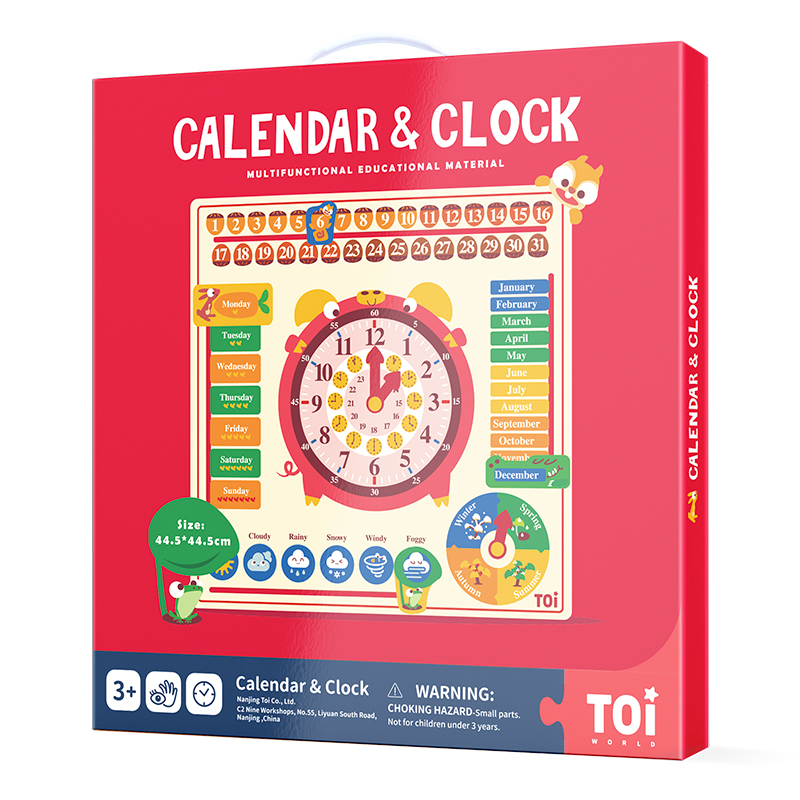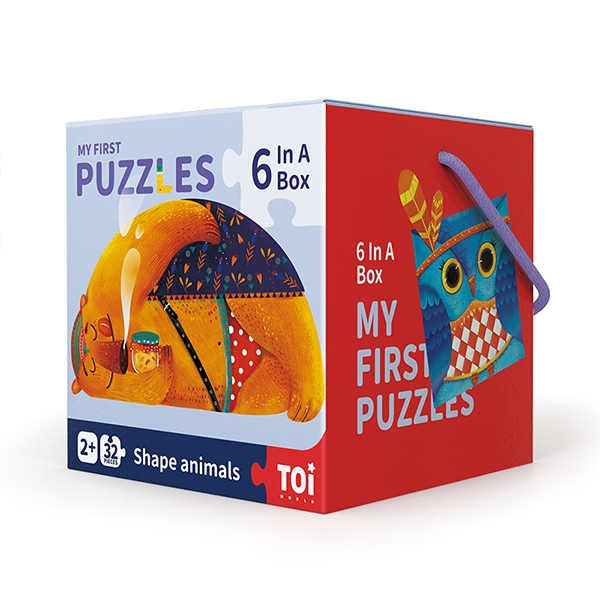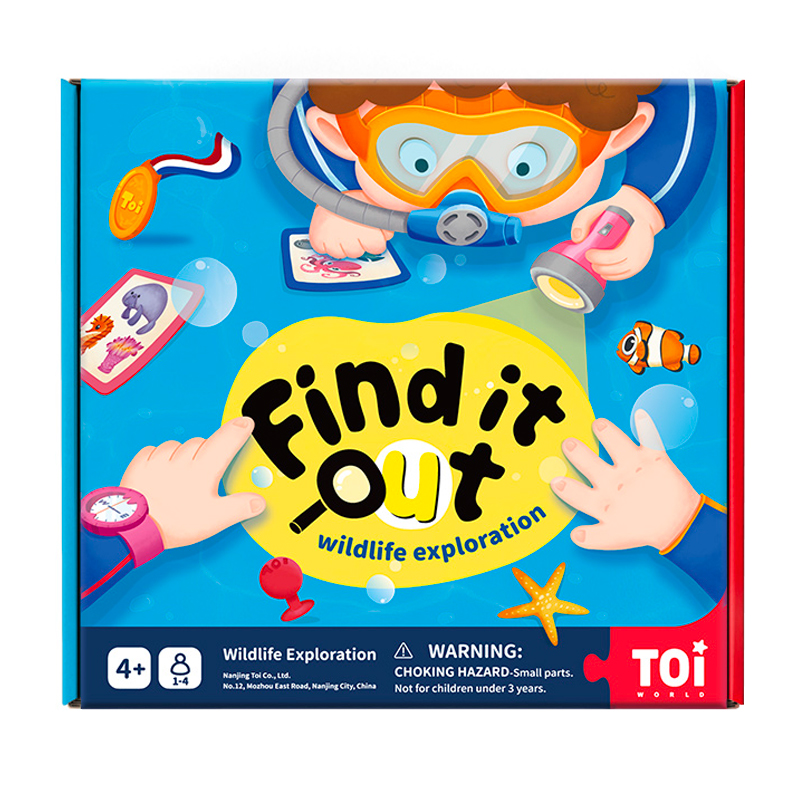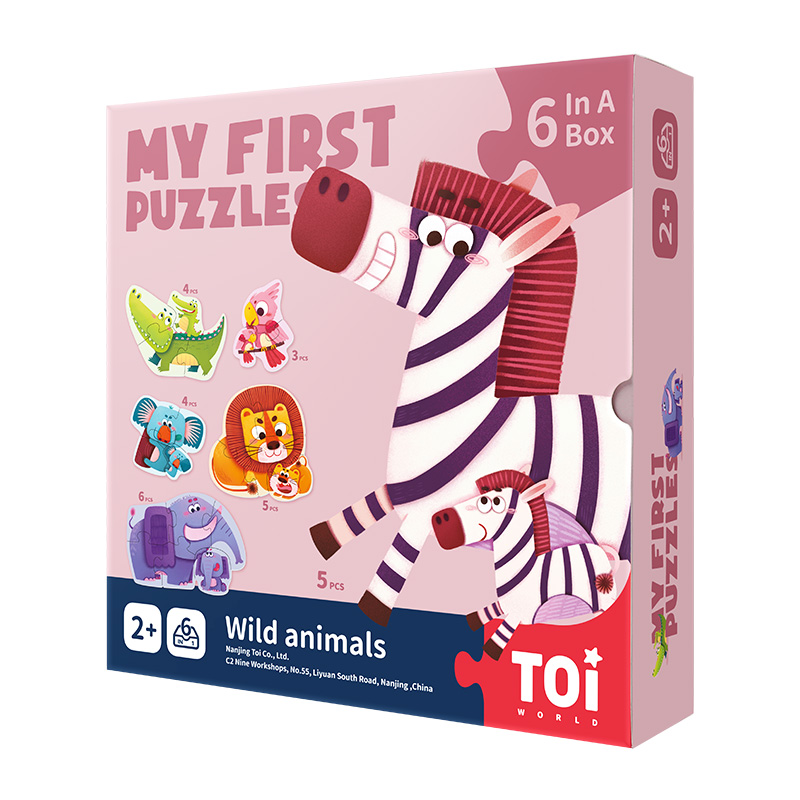Jigsaw puzzles, a seemingly simple toy full of infinite possibilities, can be traced back to several centuries ago. According to historical records, the earliest form of puzzles may have originated from China's "Tangram", an intellectual game consisting of seven wooden boards of different shapes, which can be combined to form various patterns. Subsequently, the concept of puzzles gradually spread to Europe and was widely promoted and developed in Britain from the late 18th century to the early 19th century.
In the 19th century, with the advancement of printing technology and the popularization of paper, puzzles began to appear in richer patterns and forms. These puzzles are usually made of cardboard or thick paper, and the patterns are mostly landscapes, characters or buildings, etc., which became an important choice for people's leisure and entertainment at that time. Over time, puzzles have gradually changed from children's toys to an intellectual game suitable for people of all ages, and their educational and entertainment values have been widely recognized.
Entering the 21st century, the development of puzzles is changing with each passing day. With the advancement of materials science and the widespread application of digital technology, puzzles not only maintain their traditional paper form, but also have puzzle products made of various materials such as wood, plastic, and metal. At the same time, the emergence of new puzzle forms such as 3D puzzles and three-dimensional puzzles has brought the creativity and fun of puzzles to a new level. These new puzzles not only test the players' spatial imagination and hands-on ability, but also bring them a richer visual and tactile experience.
Nowadays, puzzles have become a global leisure cultural phenomenon. Whether at a family gathering or in a corner of a cafe, you can see people immersed in the fun of puzzles. Puzzles can not only help people relax and relieve stress, but also stimulate creativity and improve concentration. It has become an intellectual game that transcends age and culture.
.png)




